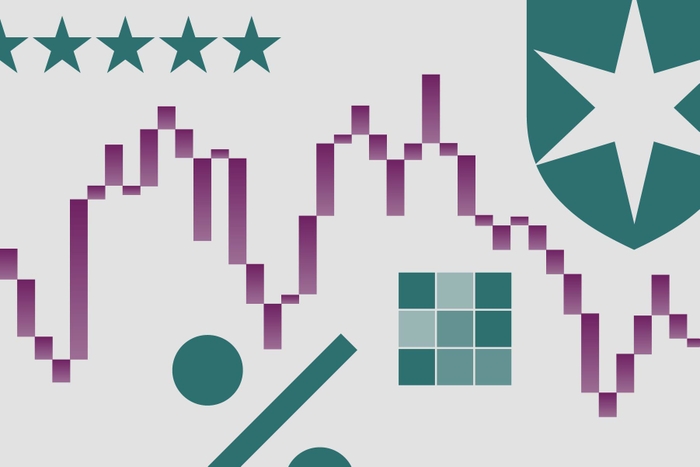Morningstar's "Perspectives" series features investment insights from third-party contributors. Here, Alan Higgins, UK CIO for Coutts explains how Europe is confronting its deflation demons.
The threat of deflation has taken centre stage as 2015 gets under way. But a robust response from the Swiss National Bank (SNB) and expectations for more of the same from the European Central Bank (ECB) reaffirm our positive view on European assets in the year ahead.
The SNB’s move to negative interest rates – announced in late December – shows the level of worry about deflation, a concern shared by eurozone policymakers. ECB President Mario Draghi rang in the new year by highlighting Europe’s fight against this risk, which he said “cannot be entirely excluded”, though “it is limited”. Draghi hinted that aggressive quantitative easing would be the weapon of choice, saying “we have to act against such a risk.”
Like the SNB, the ECB should be concerned about the risks that any external shock would pose to its more fragile economy. As we noted following the SNB move, we see negative Swiss rates as a pre-cursor to ECB action in 2015.
Weak growth in Europe and the threat of deflation have been exacerbated by the crisis in neighbouring Russia. The road ahead will be difficult, but we believe the European economy has turned the corner from crisis to what we have termed its “repair phase”.
Europe’s current experience as it attempts to repair its economy – growth scares and the prospect of external shocks that could derail a fragile recovery – mirror the US during its own repair phase in 2011/12. Investors then – and now, in our view – should have focused less on the worrisome headlines and instead shifted their attention towards the policy responses to these concerns.
In this regard, parallels between the policy action of the US Federal Reserve back then, and the more recent moves by the ECB leave us encouraged that Europe remains on the long road to repair and eventual recovery.
European Equities: Tailwinds to Keep Europe out of Doldrums
We see supportive monetary policy and weakening currencies acting as significant tailwinds for European earnings and equity-market performance in the year ahead. And the latest developments in Europe are consistent with our expectations of a robust policy response and weakening bias in the euro and Swiss franc against the dollar in 2015.
Equity valuations also remain attractive in Europe in our view – in both absolute terms and relative to global markets in general and US equities in particular.
Given the generally negative sentiment towards the eurozone and our view that the region as a whole is reaching a turning point, we believe this is a good time to be overweight European equities.
Euro Bonds: No End in Sight for Falling Eurozone Yields?
Portuguese bond yields led a move to record lows in Europe in reaction to Draghi’s comments, which included Spanish and Italian government bonds. Though policy action will be supportive for peripheral European government and corporate bonds, we expect that the narrow yield advantage over the bonds of Europe’s stronger core countries will limit capital gains in peripheral bonds markets.
We see little scope for further declines in yields price gains in general, given the depths of negative economic sentiment already reflected in those yields. Further moves also look limited ahead of the ECB’s next policy meeting on January 22. Our preference remains for quality emerging market bonds, where we believe relatively high yields compensate for the added risks.
Disclaimer
The views contained herein are those of the author(s) and not necessarily those of Morningstar. If you are interested in Morningstar featuring your content on our website, please email submissions to UKEditorial@morningstar.com.




























